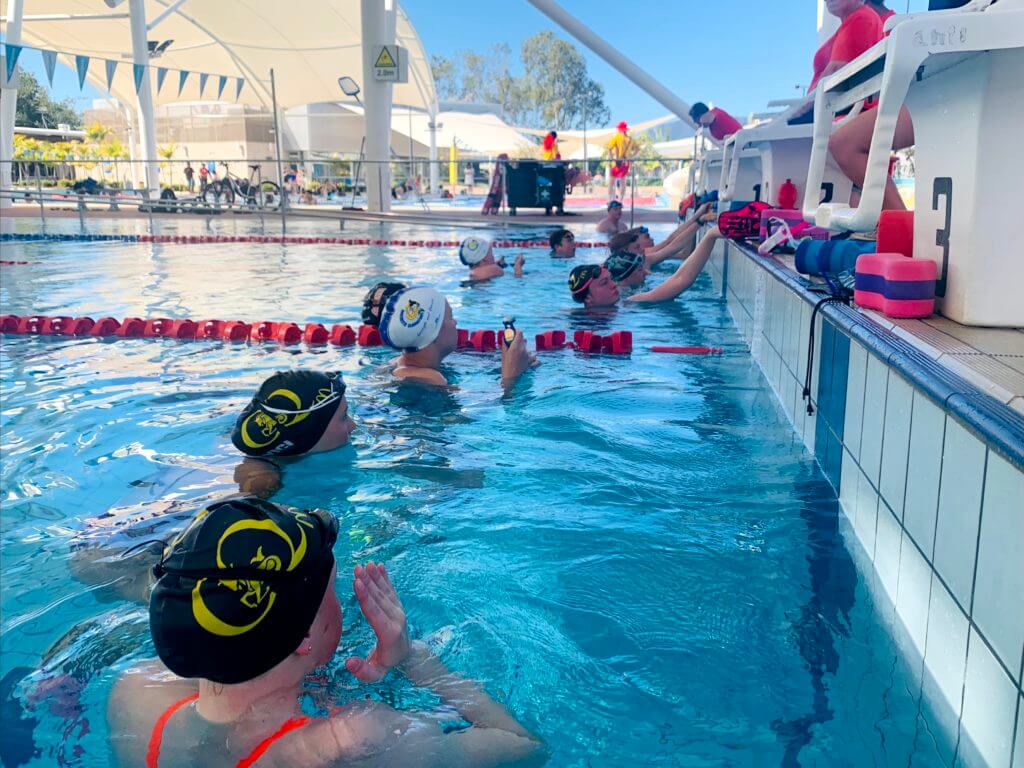The Training Transition: How to Adjust When Moving From Competition to Lifestyle Focus

The Training Transition: How to Adjust When Moving From Competition to Lifestyle Pursuits
Competing as an athlete demands a specific and rigorous approach to training. It often involves long, grueling hours of practice and a significantly increased caloric intake to match the energy burned. That physical intensity is paired with strict mental preparation and a high level of internal motivation. In time, this lifestyle becomes an athlete’s “normal,” even though it’s a far cry from how most people experience exercise. That stark contrast can make the transition out of competitive sports feel disorientating and difficult.
Training Without a Target
One of the most difficult aspects of continuing to train after retirement is a sudden lack of goals. For swimmers, ambititon is built into the sport from the moment they dive into the pool. Whether they aim to hit a qualifying time for an age-group state meet or qualify for the Olympic Games, swimmers train with a specific target in mind.
After retirement, that structure disappears. Without a clear goal, motivation can fade. Training for hours, or even just one, can start to feel pointless. To what end? What are you working toward? That’s often the hardest part of the transition, especially for swimmers. Swimming tends to take over your entire life. Your days revolve around practices, meets and the pursuit of the next milestone. Then, one day, it’s gone. A structured schedule managed by coaches and featuring long-term goals is traded for self-managed routines.
This point is when a shift in mindset becomes essential. In competitive sports, the mentality is to win–make the cut, swim in college, or qualify for international meets. But for non-athletes, the purpose of exercise is simply to maintain physical and mental health. With that in mind, your training after retirement can – and should – look different.
Adjusting to Different Training
As part of the transition out of competitive sports, it’s important to adjust expectations around training, Many retired athletes, especially swimmers, often feel they need to complete high-intensity workouts to have a sense of accomplishment. But it can take years to unlearn that mindset and allow space for a new relationship with exercise to take shape.
In a 2024 article from The Guardian titled, “Olympians are super fit. That doesn’t mean we’re healthy,” Olympian Laura Zeng reflected on the necessity of this shift. She quoted U.S. National Team synchronized swimmer Katie Spada, now a registered dietician and nutritionist, who explained: “The recommendation for the average adult is 150 minutes of exercise a week, but most athletes do that in one day, or in one session. So there’s a big gap once athletes retire, because they are known for these behaviors, and they get (rewarded) for being disciplined or motivated,” said Spada. “But if athletes continue to aim for this same expectation when it no longer makes sense, that same behavior will get diagnosed as disordered.”
Spada’s point gets to the heart of the issue. Sports communities often praise and normalize intense training habits during an athletic career, but those habits may no not be necessary or healthy after retirement. It’s important to find a balance.
I remember how difficult it was to feel accomplished after a low-intensity workout. At first, I’d choose to run five miles – leaving my legs sore for days – rather than take a one hour walk. Both forms of exercise have benefits, and in many ways, walking could be more sustainable. But after years of intense, exhausting workouts, I wasn’t used to feeling fulfilled by anything less.
The truth is, you don’t need to push your body to the same extremes once you’re no longer competing. It’s OK to slow down and enjoy retirement while still staying active, fit and healthy.
What Can You Do?
There are several ways to make the transition out of competitive sports easier. One of the most effective approaches is to set a new goal. While you may no longer be training for time cuts or meets, there are still plenty of opportunities to channel your competitive drive. For example, masters swim meets, long-distance running, or weightlifting are options.
Setting personal goals can help give your workouts renewed purpose and motivation. Instead of aimlessly exercising, you’re working toward something tangible which will make the transition smoother and more rewarding.
Another piece of advice is to join workout classes or exercise with others. One of the biggest challenges of working out after retirement is training alone. After years of practicing with large teams and having coaches guide every hour of training, it can be difficult to maintain discipline and morale on your own. Exercising with a group can help rebuild that sense of structure and community, making workouts more enjoyable and sustainable.
Retiring from competitive sports doesn’t mean losing the passion or drive that defined your athletic career. However, it can mean learning how to apply them differently. Reframing your relationship with exercise, setting new goals and finding community can help ease the shift. Health and longevity, rather than podiums and PRs, can become the new motivation.



